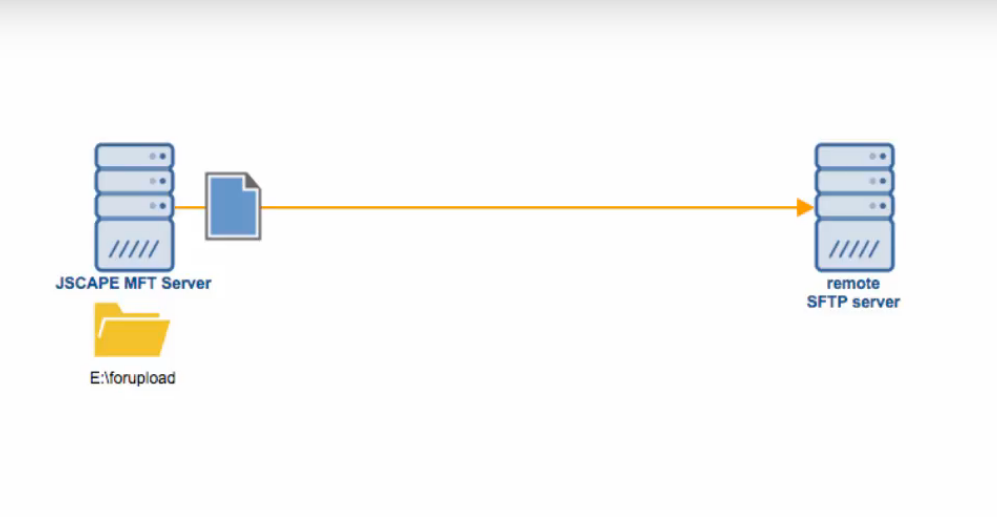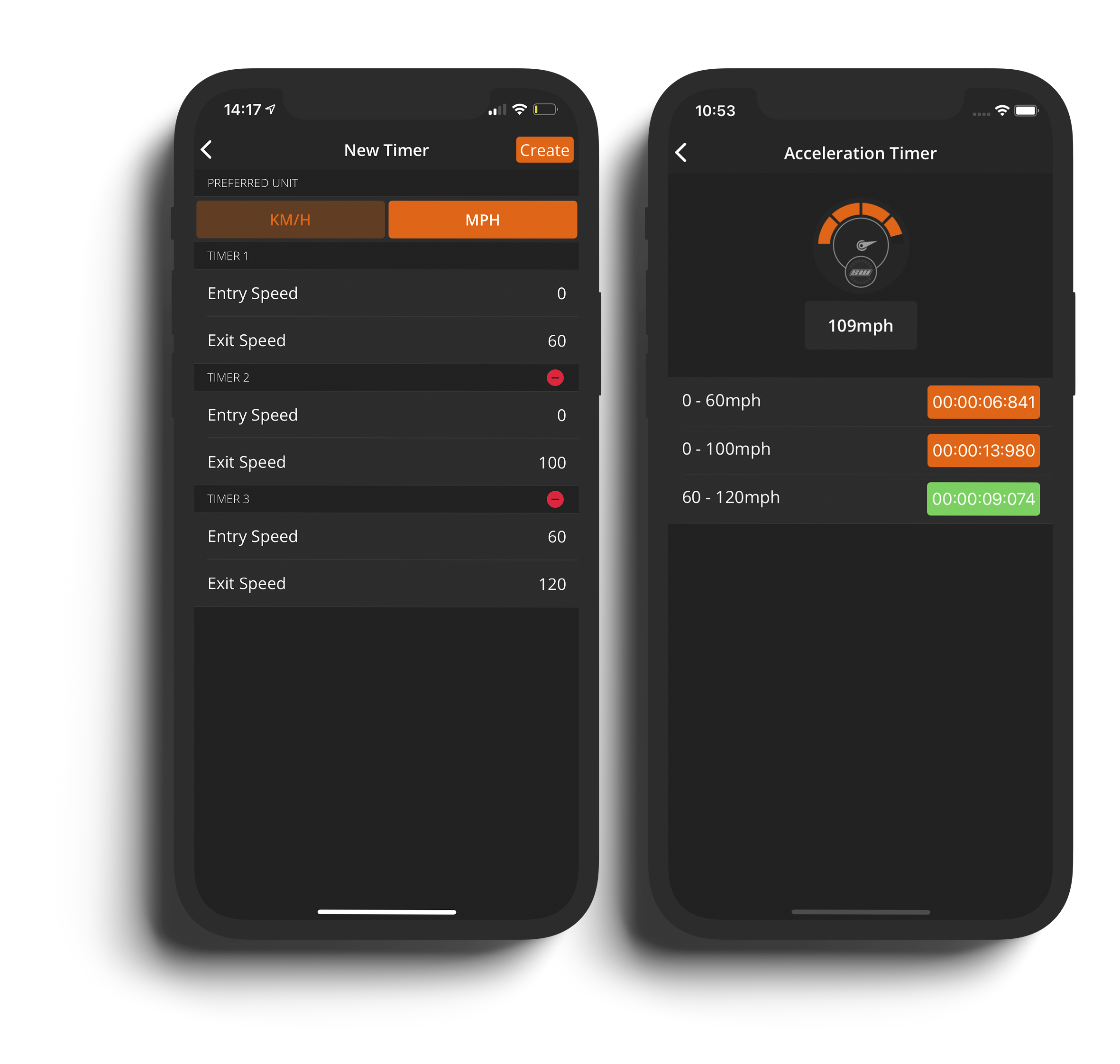

Leave blank to process all file extensions. EXTENSION - Extension for the configuration.FOLDERPATH - A folder on the Hybrid Runbook Worker where new files get created, for example, d:\examplefiles.Select Configure watcher and choose the Watch-NewFile runbook.Įnter the following values for the parameters: Select the Watcher tasks page and click + Add a watcher task. Navigate to your Automation account and select Watcher tasks under Process Automation.


In this step, you configure the watcher task referencing the watcher and action runbooks defined in the preceding sections. Navigate to the Azure Automation GitHub organization page for Process-NewFile.ps1.To create an action runbook by downloading it from the Azure Automation GitHub organization: When prompted, click Yes to publish the runbook. Click on the runbook, and on the runbook details page, select Edit and then click Publish. Your new runbook should be listed under the name you gave it in the previous step. Go to your Automation Account page, and click on Runbooks on the left.You should see an Import successful message in the notification pane in the upper right-hand side of the browser. Optionally, change the name of the runbook on the import page, and then click OK to import the runbook.Search for Watcher action, select Watcher action that processes events triggered by a watcher runbook, and click Import.

You can import this runbook into your Automation account from the Azure portal: You must import a predefined action runbook, either from the Azure portal of from the Azure Automation GitHub organization. It will default to the current date and time.Ĭlick Create to create the Automation variable.Īn action runbook is used in a watcher task to act on the data passed to it from a watcher runbook. Select Variables under Shared Resources and click + Add a variable.Įnter Watch-NewFileTimestamp for the name.
#AUTOMATE FILE MONITOR DOWNLOAD ZIP#
To download the runbook from GitHub, select Code from the right-hand side of the page, and then select Download ZIP to download the whole code in a zip file.Navigate to the Azure Automation GitHub organization page for Watch-NewFile.ps1.You can also download the runbook from the Azure Automation GitHub organization. Click on the runbook, and on the runbook details page, select Edit and then click Publish.The imported runbook appears in the list under the name you gave it when you select Runbooks from the left-hand pane.You should see an Import successful message in a pane at the upper right of your window. Give the runbook a name and optionally a description and click OK to import the runbook into your Automation account.Select Watcher runbook that looks for new files in a directory, and select Import on the details page.Make sure GitHub is selected in the Source drop-down list.In the left pane, select Runbooks gallery under Process Automation.On the Automation Accounts page, select the name of your Automation account from the list.Search for and select Automation Accounts.You can import this runbook into your Automation account from the portal using the following steps. The watcher runbook retrieves the last known write time to the files in a folder and looks at any files newer than that watermark. This article uses a watcher runbook called Watcher runbook that looks for new files in a directory to look for new files in a directory. PowerShell Workflow runbooks and Graphical runbooks aren't supported by watcher tasks. A hybrid runbook worker where the watcher task runs.Automation account to hold the watcher and action runbooks and the Watcher Task.
#AUTOMATE FILE MONITOR FREE#
If you don't have one yet, you can activate your MSDN subscriber benefits or sign up for a free account. To complete this article, the following are required: This article walks you through creating a watcher task to monitor when a new file is added to a directory. See Schedule and run recurring automated tasks, processes, and workflows with Azure Logic Apps. Starting in May 2020, using Azure Logic Apps is the recommended and supported way to monitor for events, schedule recurring tasks, and trigger actions.


 0 kommentar(er)
0 kommentar(er)
